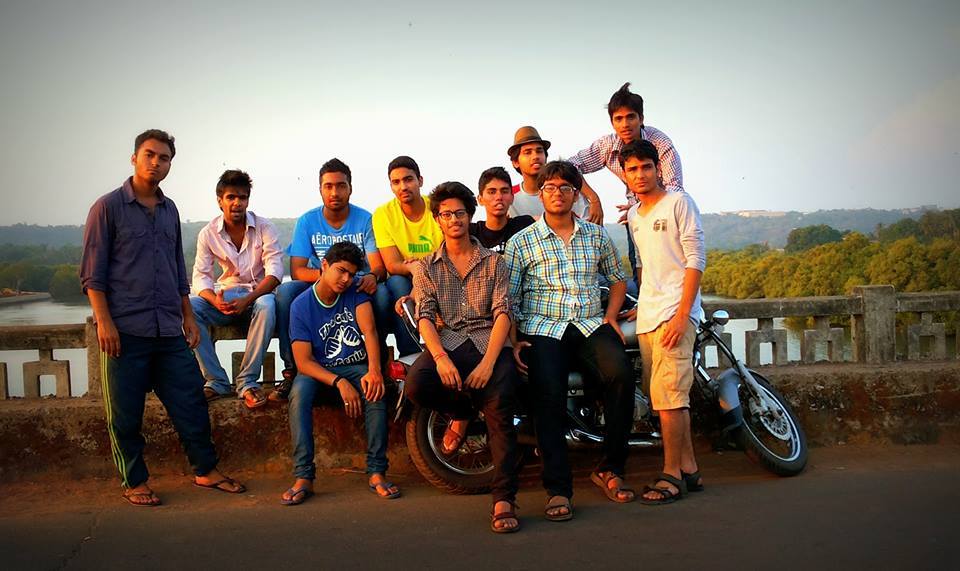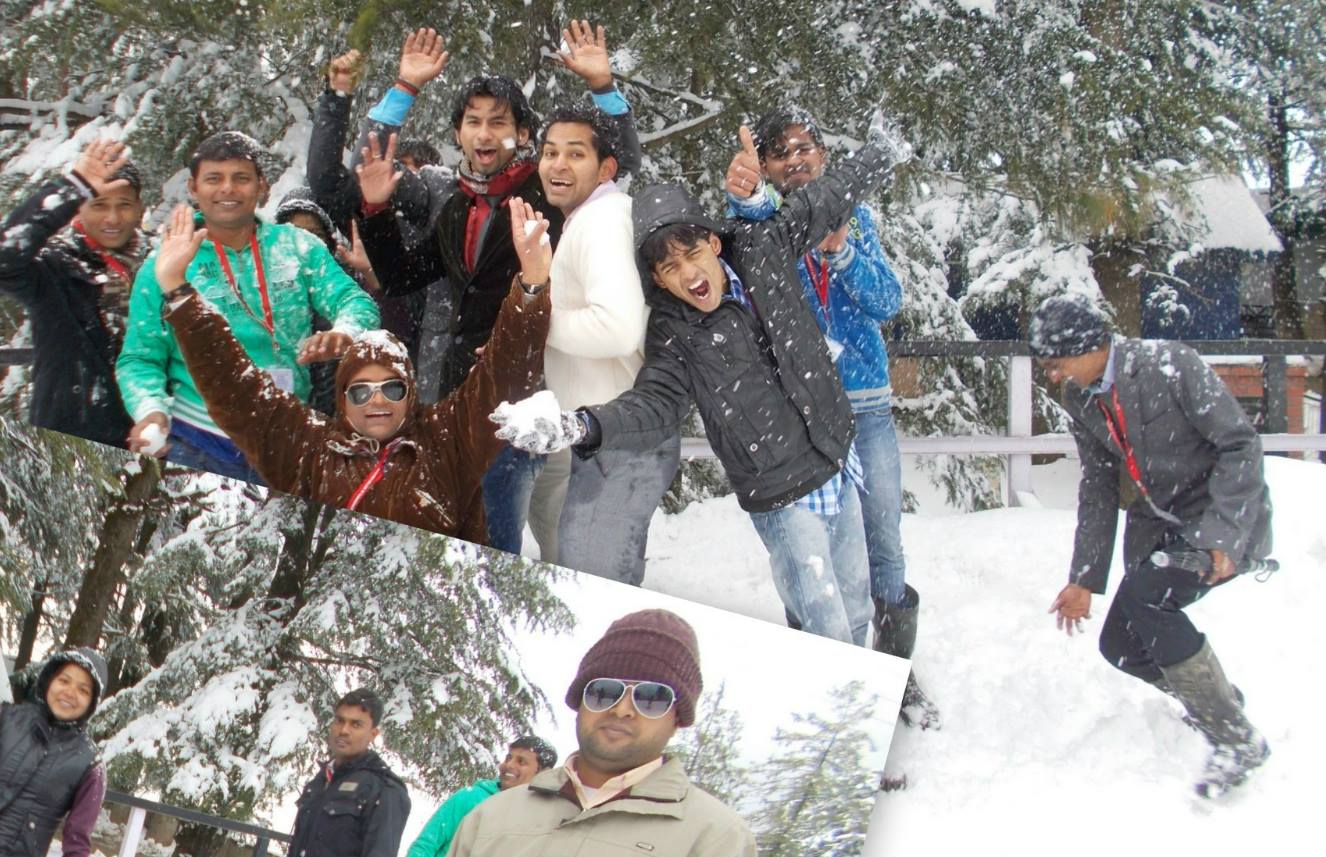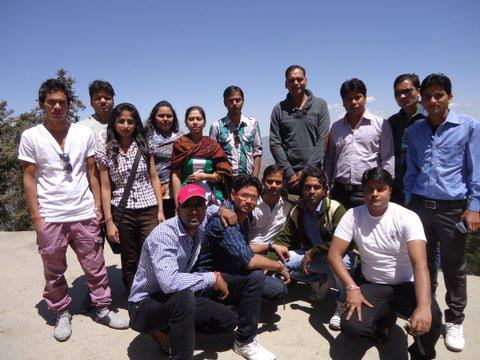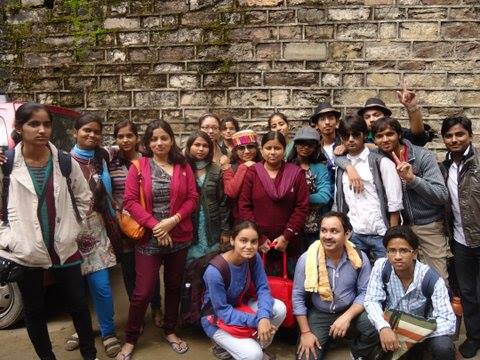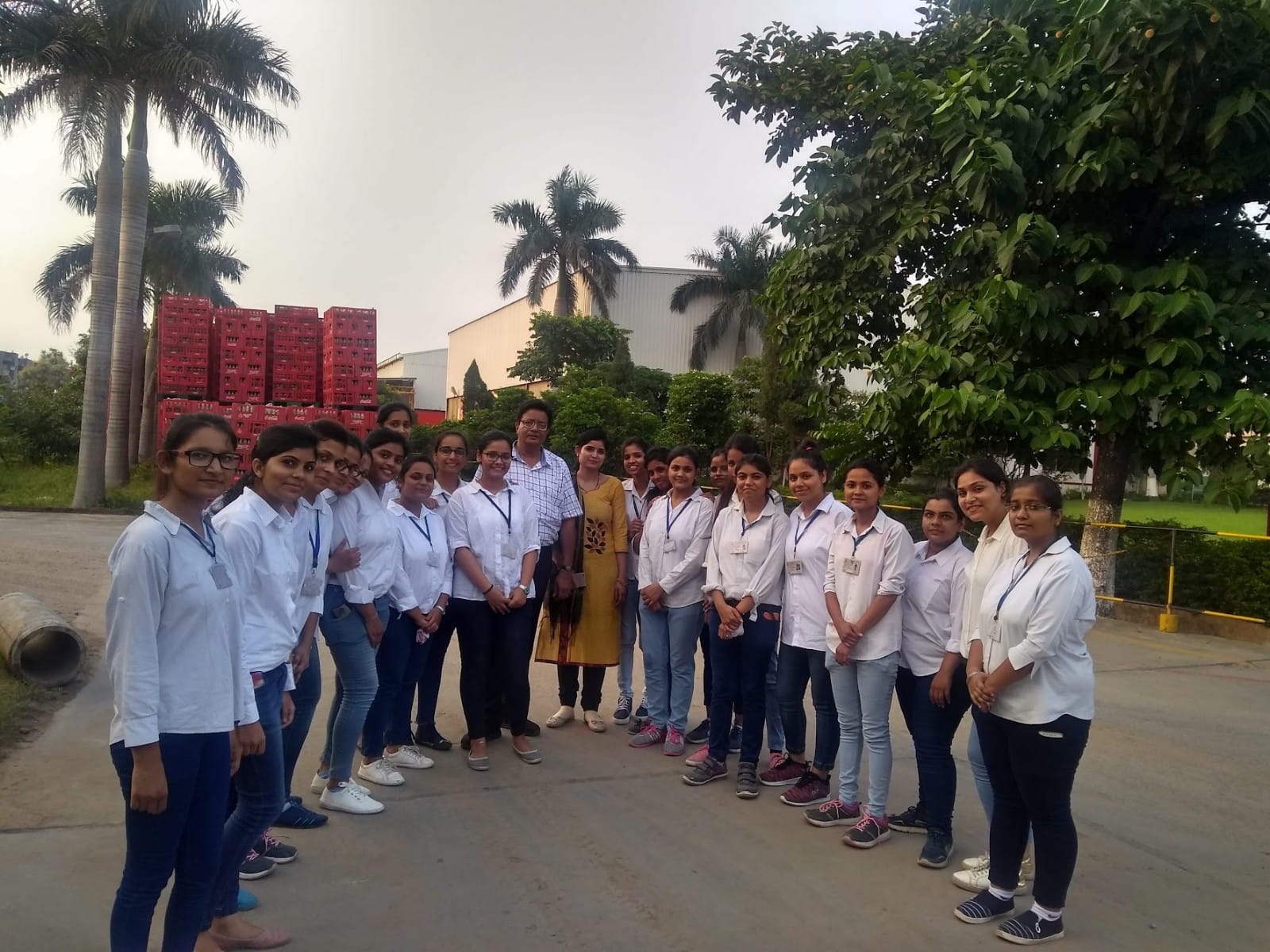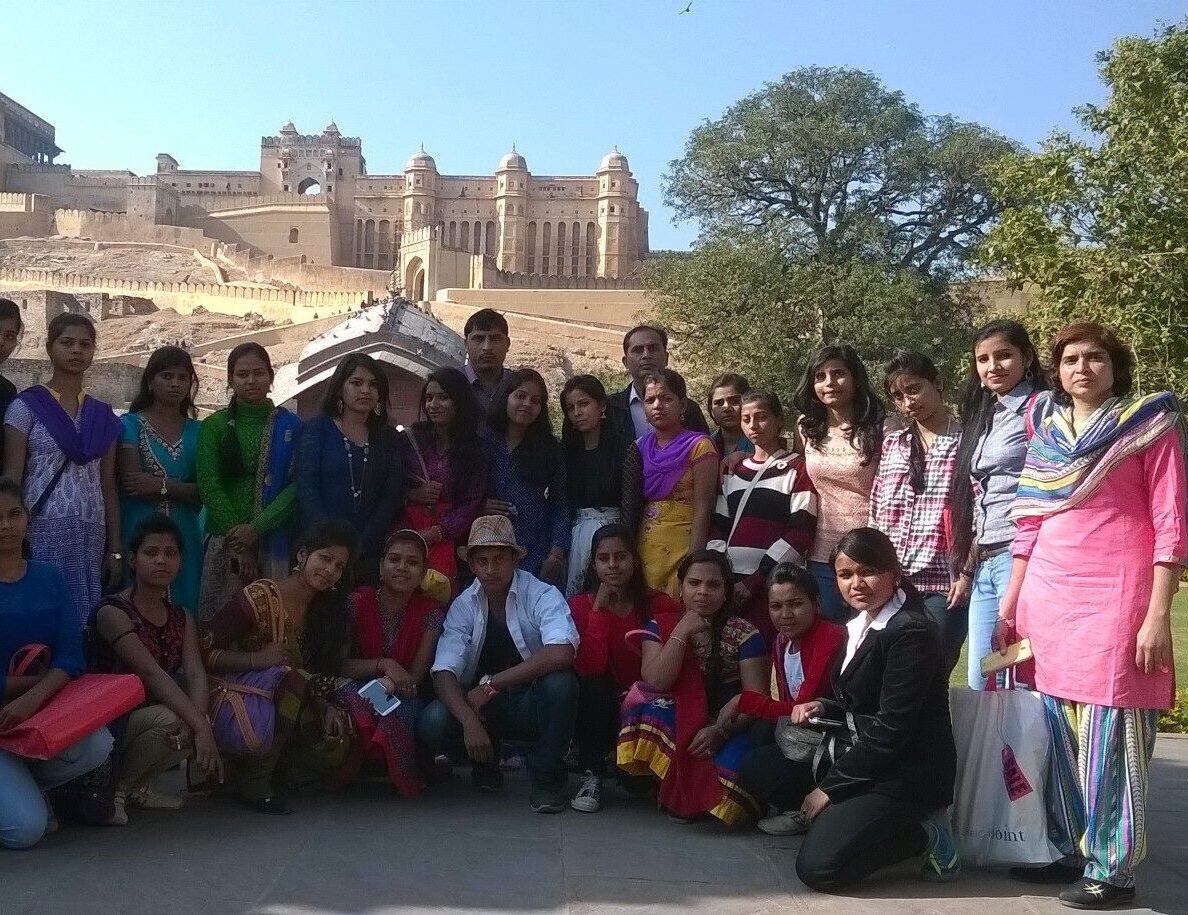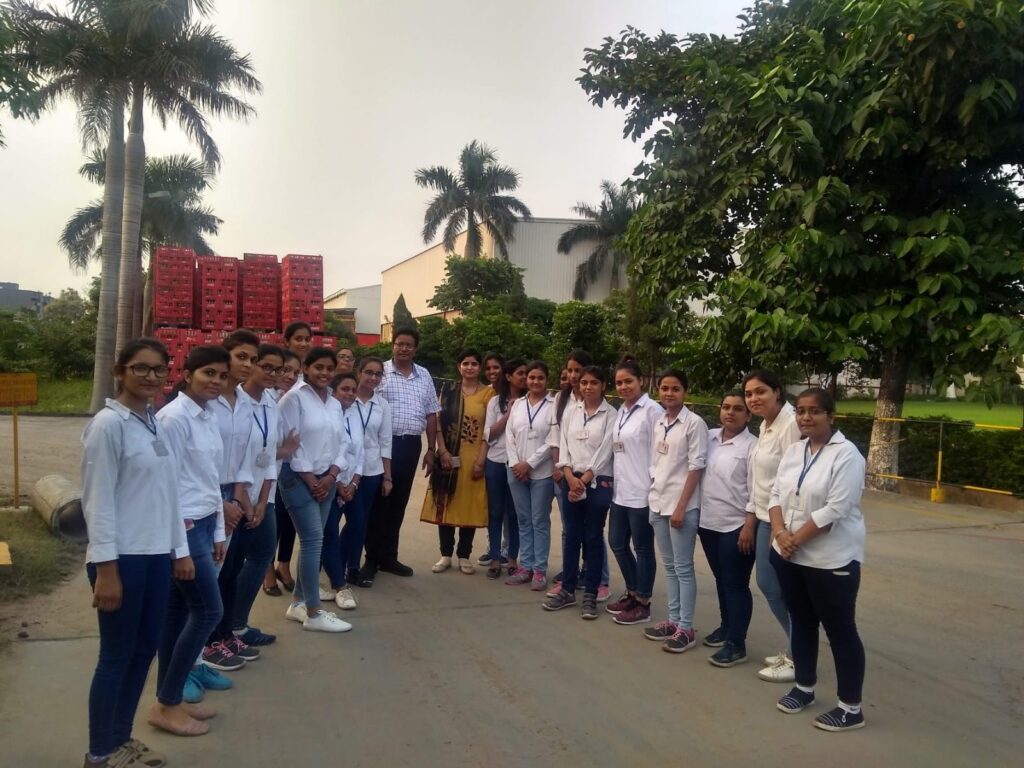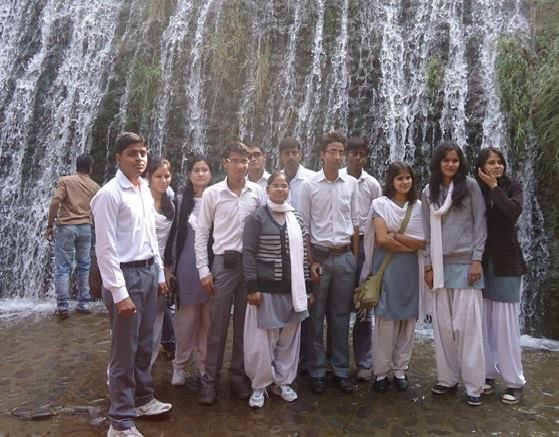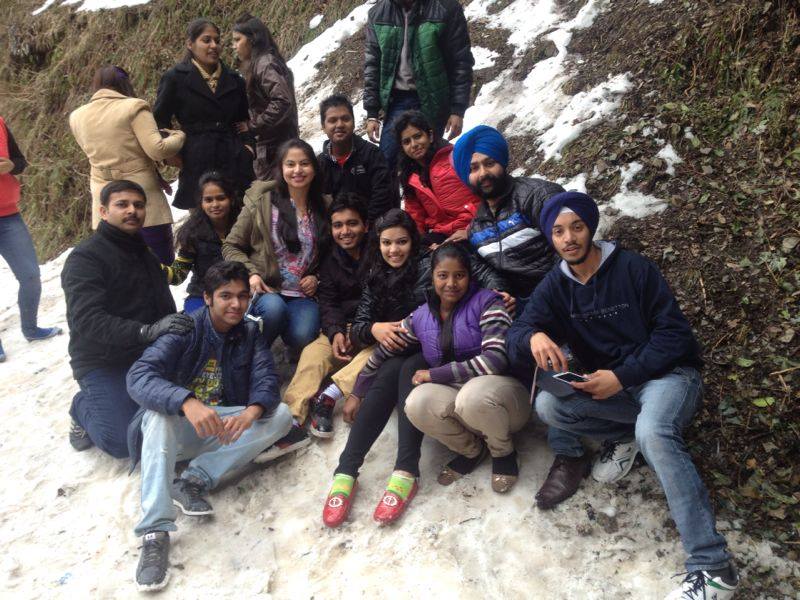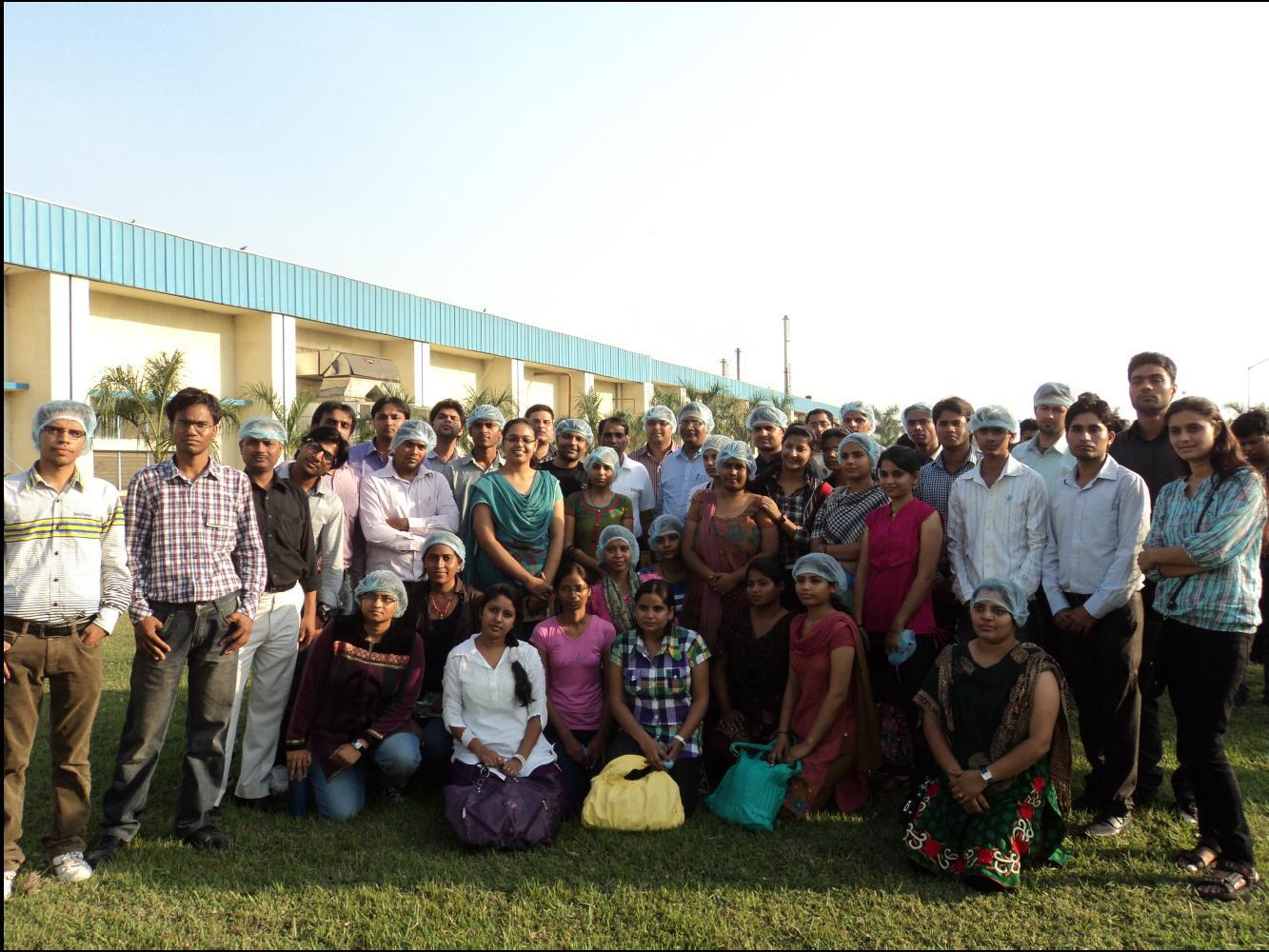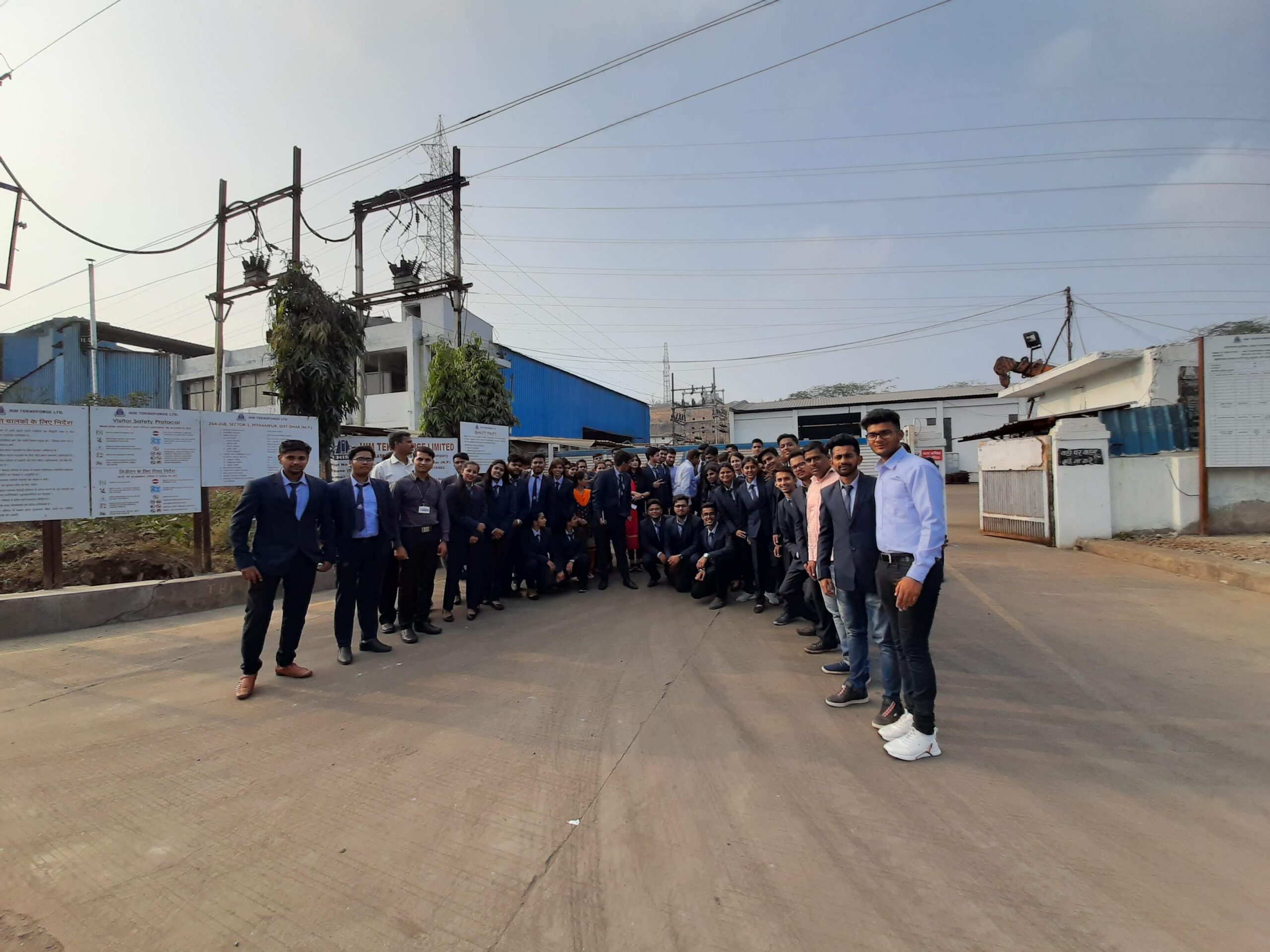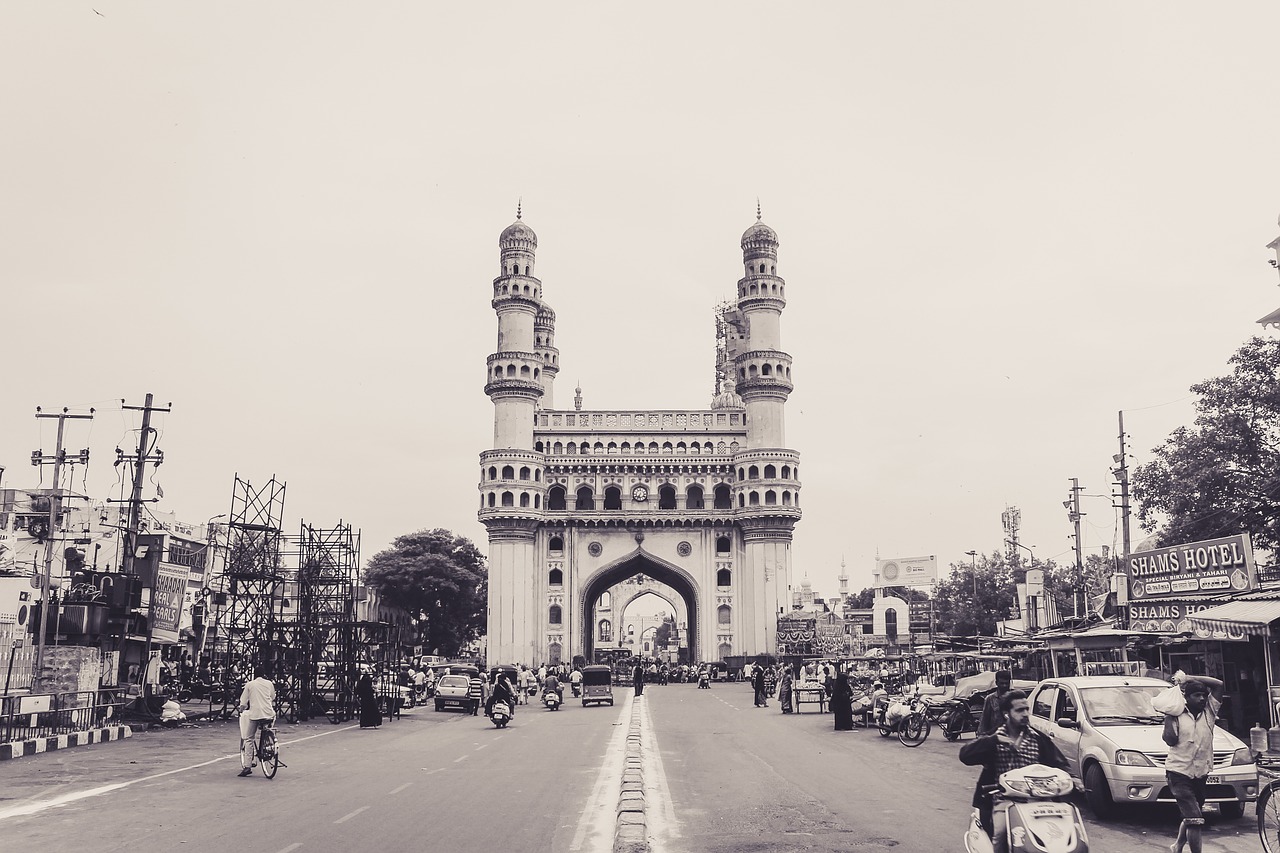Coca Cola is one of the world’s most recognizable brands, with a massive presence in over 200 countries. In India, the company has several manufacturing facilities, including its plant in Baddi, Himachal Pradesh, which is a flagship location for the region. The Baddi plant is responsible for producing a range of Coca Cola beverages, including Coca Cola, Sprite, Fanta, and Maaza, among others.
A visit to the Coca Cola plant in Baddi offers an incredible opportunity to see how one of the world’s most popular drinks is made, from start to finish. From the assembly line to the finished product, the tour takes visitors through every step of the production process, offering an immersive and informative experience.
The tour starts with an overview of the company’s history, operations, and vision. Visitors are then taken to the manufacturing floor, where they can observe the different stages involved in producing a bottle of Coca Cola. The first step is the mixing of the syrup, which is done in large, stainless steel vats. The syrup is then filtered, carbonated, and bottled using high-speed machines that can fill up to 1500 bottles per minute. The tour guides provide detailed explanations of each step and the science behind it, making the experience both educational and engaging.
As the tour proceeds, visitors get to see the packaging process, where the bottles are labeled, capped, and packaged into crates. The plant uses a sophisticated quality control system to ensure that each bottle meets the company’s high standards for taste, freshness, and safety. Visitors can witness this quality control in action as bottles are tested for carbonation levels, temperature, and taste.
In addition to the production process, the tour also highlights the company’s commitment to sustainability and environmental responsibility. The plant has implemented several initiatives to reduce its carbon footprint, including the use of solar energy, rainwater harvesting, and wastewater treatment. Visitors can see these initiatives in action and learn about Coca Cola’s broader environmental goals and policies.
The tour ends with a visit to the plant’s bottling museum, which showcases the history of Coca Cola and its impact on popular culture. Visitors can see vintage advertisements, memorabilia, and artifacts from different eras, and learn about the evolution of the brand over time. The museum is an excellent way to wrap up the tour, providing a context and appreciation for the significance of Coca Cola in global culture.
Overall, the Coca Cola plant tour in Baddi is an exceptional experience for anyone interested in seeing how one of the world’s most iconic beverages is made. It is an excellent opportunity to learn about the manufacturing process, the importance of quality control, and the company’s sustainability initiatives. Whether you’re a student, a Coca Cola fan, or someone interested in the food and beverage industry, this tour is not to be missed.
A guided tour of the BHEL Haridwar plant offers a fascinating glimpse into the world of industrial innovation, cutting-edge technology, and the dedicated workforce that keeps this giant humming. Let us take you through some of the highlights of this industrial tour and give you a sense of what goes into making some of the most essential equipment that powers India’s growth story.
The tour begins with an introduction to the history and scope of BHEL’s operations, including its various divisions, markets, and collaborations. Visitors are then taken to the production floor, where they witness the making of everything from steam turbines and generators to switchyards and control panels. The first thing that strikes you is the sheer scale of the machinery, with massive cranes, lathes, and assembly lines dominating the space. It is evident that precision, efficiency, and safety are paramount in every stage of the manufacturing process, with rigorous quality control and testing at every step.
As we move from one department to another, we see the intricate processes involved in creating the different components of power plants, such as blades, rotors, stators, and casings. It is fascinating to observe how raw materials like steel, copper, and aluminum are transformed into complex, high-performance parts through a combination of forging, machining, welding, and coating. The workers are highly skilled and well-trained, and their attention to detail and teamwork is impressive.
One of the most striking aspects of the BHEL Haridwar plant is its emphasis on sustainability and environmental stewardship. The plant has implemented several measures to reduce its carbon footprint and promote eco-friendly practices, such as using renewable energy sources, optimizing water usage, and minimizing waste. Visitors can see the solar panels, wind turbines, and other green initiatives in action, and learn about BHEL’s commitment to sustainable development.
Another highlight of the industrial tour is the research and development center, where BHEL’s scientists and engineers work on developing new technologies, improving existing products, and addressing emerging challenges in the energy sector. The center houses state-of-the-art labs, testing facilities, and simulation tools, and visitors can interact with the researchers and get a glimpse of the cutting-edge work being done in the field of power generation.
Overall, the industrial tour of BHEL Haridwar is an eye-opening experience that showcases the ingenuity, dedication, and innovation of India’s manufacturing sector. It highlights the importance of investing in infrastructure, technology, and human capital to fuel economic growth and create sustainable livelihoods. Whether you are a student, a professional, or a curious citizen, a visit to BHEL Haridwar is a must-do to appreciate the scale and complexity of the machinery that powers our modern lives
